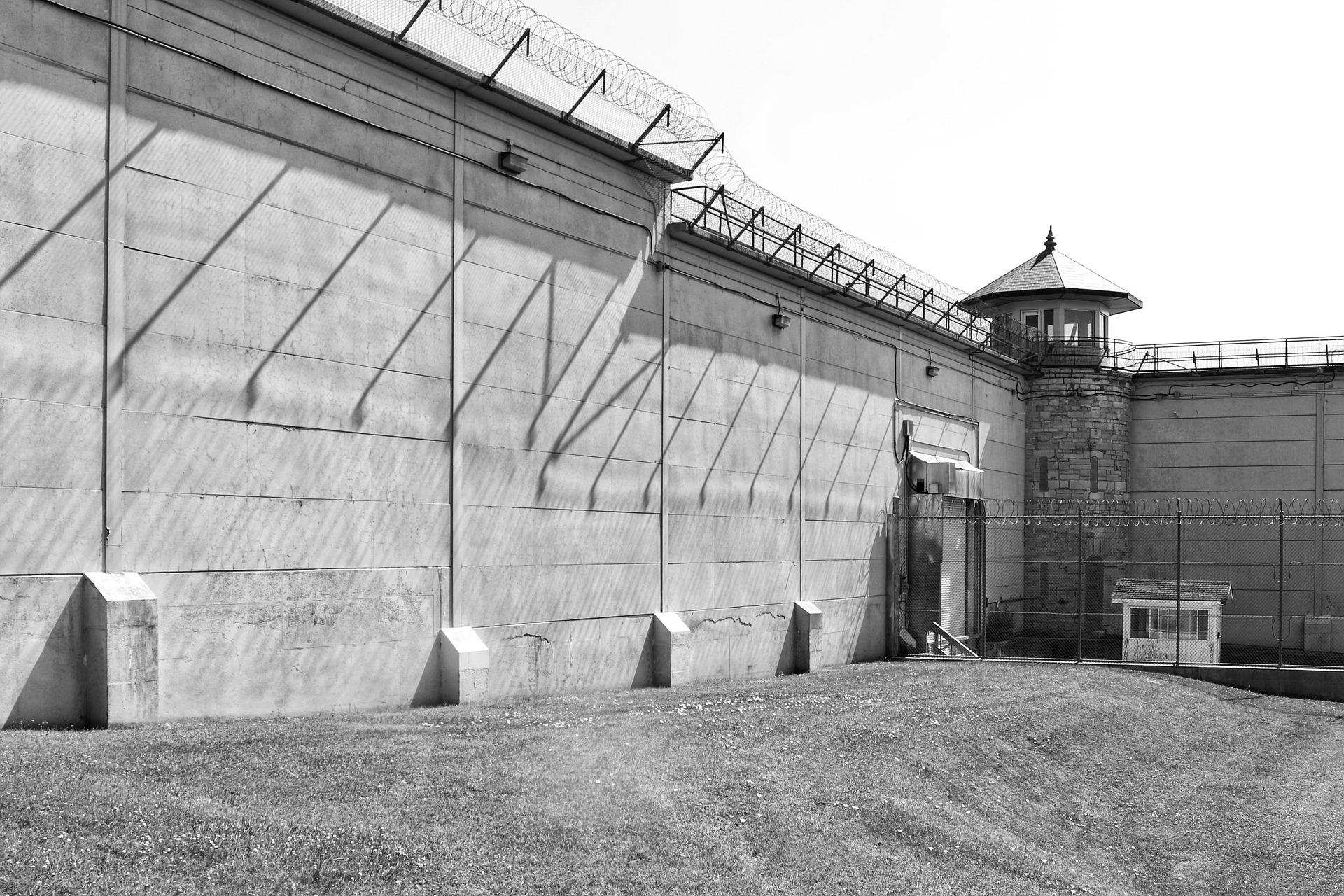Decoding the Science Behind Altitude Training: An Athletic Advantage or Sporting Myth?
Ever wondered how elite athletes gain an edge? One approach creating buzz within professional sports circles is altitude training. While its claim to fame is boosting athletic prowess, this specialized training regimen could confound the uninitiated with its complex scientific underpinnings. Let’s dive into the captivating world of altitude training, disentangling the complex physiological responses, and examining whether it genuinely yields a competitive advantage.

The Ascent: Historical Exploration of Altitude Training
Altitude training was not crafted overnight. It ascended from murmurings of enhanced physical performance by mountaineers to a well-structured regimen for athletes. From Mexico City’s high-altitude Olympics (1968) that left countless athletes gasping for breath, to Kenyan and Ethiopian highlanders consistently dominating long-distance running, altitude’s influence on athletic performance became impossible to ignore.
Oxygen and Athletic Performance: A Thin Relationship
At high altitudes, the oxygen level is less than at sea level. This change forces the body to adapt in several ways, such as increasing breathing rate and red blood cell production, improving the ability to deliver oxygen to muscles during strenuous activity. Over time, athletes hope to achieve a greater oxygen-carrying capacity, enhance endurance, and reduce fatigue.
Altitude Training Modalities: Pros and Cons
The ‘Live-High, Train-Low (LHTL)’ theory is one popular altitude training modality. Here, athletes live at high altitudes but train at lower elevations. The theory is that living high allows athletes to achieve the physiological adaptations associated with altitude, while training low enables them to maintain training intensity without fatigue. However, the inconvenience of split-level living and training and individual variability in response to altitude are valid counter-arguments.
Altitude Training Within Reach: Simulated Altitude Environments
Simulated altitude environments like hypoxic chambers replicate high-altitude conditions at sea level, offering a pleasing compromise. Athletes can train in these environments and then sleep in normoxic conditions. Yet, the cost and access to these facilities can limit their widespread use.
In conclusion, altitude training presents a fascinating confluence of sports science and human adaptability. While it indeed shows potential in enhancing athletic performance, understanding its pros and cons, along with individual athlete responses, is key. After all, in the chase for gold, silver, or merely improvement, ensuring the athlete’s wellbeing should remain the ultimate winning strategy.




